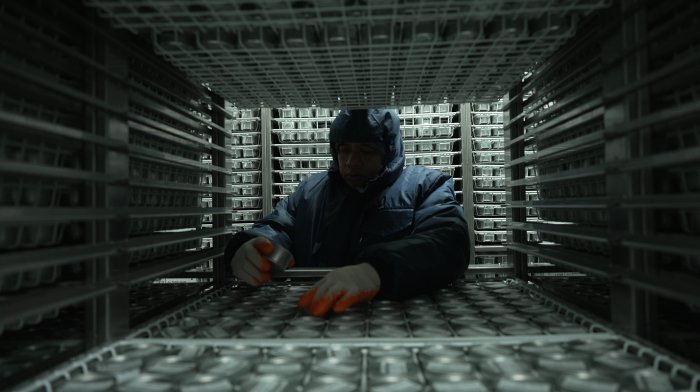Why does seed longevity matter?
Genebanks are at the forefront of conserving the world’s genetic diversity. They provide agricultural researchers with the PGRFA they need to address problems of food security and climate change. For these reasons alone, genebanks expend an enormous amount of effort to ensure the survival of seeds in their care.
Watch this video, in which scientists and genebank managers discuss the measures they have adopted to secure the longevity of seeds in their genebank. The video was filmed in two particular genebanks, IRRI and IITA, but the underlying biological mechanisms that are referred to are common to many crops and relevant to many other settings, including yours.
The video considers how to minimize aging reactions while seeds are in storage. As you watch, think about what underlying chemical reactions the scientists are attempting to control in their bid to maximize seed longevity.

Transcript: Video 1: Securing seed longevity
Please write your comments on how seeds are prepared for storage, what reactions can cause seed to age during storage, and what genebanks can do to slow these aging reactions down. You should spend up to ten minutes on this. If your reflections on the video raise any questions, please post them on the Forum, where the course moderators will be able to help you.
When you are ready, press 'reveal' to see our comments.
Discussion
Fiona Hay and Olaniyi Oyotomi discuss mechanisms by which seeds may age, lose vigor, and die in storage. The first thing to consider is the maturity of seeds: seeds that are immature when they go into storage will have low viability when they come out. Sorting seeds well before they go into storage can avoid this. Two factors associated with aging are moisture and oxygen from the surrounding air. Drying seeds before they go into storage helps the genebank control moisture. Packing them in sealed, vacuum-packed aluminum envelopes prevents both moisture and oxygen from reaching the seeds.
Some definitions
